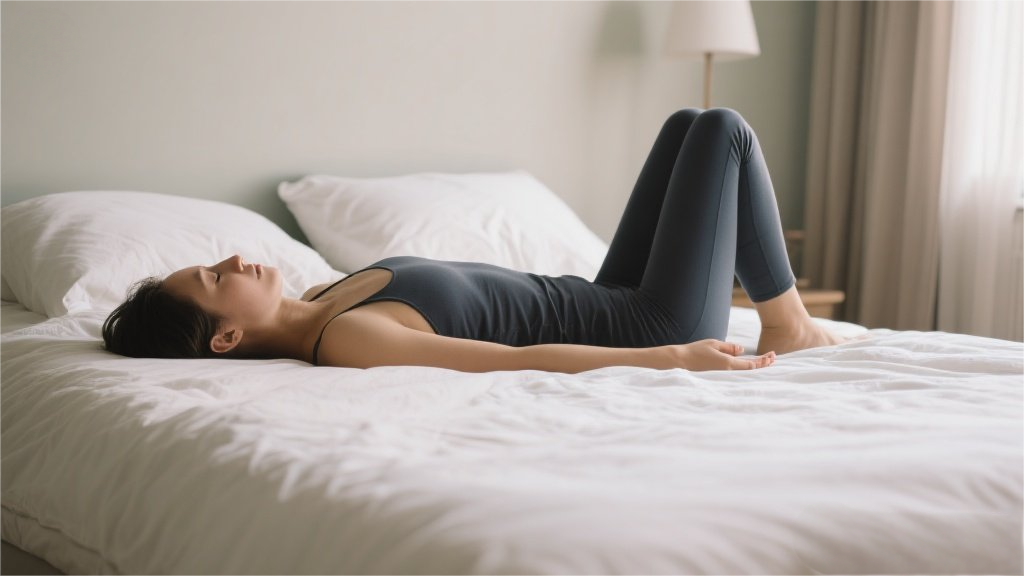Biophilic design isn’t just a trend—it’s a lifestyle shift that taps into our deep-rooted connection with nature. By weaving natural elements into our living spaces, we create environments that don’t just look good but feel good, too. Whether you’re a city dweller craving greenery or someone who just wants their bedroom to double as a serene retreat, biophilic design offers endless ways to bring the outdoors in. And the best part? You don’t need a massive budget or a sprawling estate to make it work. Even small touches—like a cluster of potted plants or a sunlit reading nook—can transform your space into a nature-infused sanctuary.
The Science Behind Biophilic Design
Ever wonder why a walk in the park instantly lifts your mood or why sunlight streaming through your window makes you feel more alive? It’s not just in your head—it’s science. Studies show that exposure to natural elements reduces stress, boosts creativity, and even improves sleep. Biophilic design capitalizes on this by integrating features like natural light, organic materials, and living plants into indoor spaces. The result? Spaces that don’t just function but heal. For example, rooms with ample sunlight regulate circadian rhythms, while indoor plants purify the air and reduce anxiety. It’s like giving your home a wellness upgrade without the hefty price tag of a spa retreat.
Easy Ways to Embrace Biophilic Design in Your Bedroom
You don’t need a full-blown jungle to get the benefits of biophilic design. Start small with low-maintenance plants like snake plants or pothos—they’re practically indestructible and thrive in indirect light. Swap heavy blackout curtains for sheer, light-filtering ones to maximize sunlight. If you’re feeling adventurous, try a living wall or a hanging terrarium for a vertical garden effect. Even non-plant elements count: wooden furniture, stone accents, or a small tabletop fountain can evoke nature’s calming presence. The key is balance—too many elements can feel chaotic, while too few might miss the mark. Aim for a mix that feels organic, not overwhelming.
Color Theory Meets Biophilia
Green isn’t the only hue that channels nature’s vibe. Earthy tones like warm browns, soft blues, and muted terracottas can evoke the outdoors just as effectively. The sage green theory—where muted greens create a soothing, grounded atmosphere—pairs perfectly with biophilic design. But don’t stop there. Consider a palette inspired by landscapes: sandy neutrals for a desert feel, deep greens for a forest ambiance, or watery blues for coastal serenity. Textures matter, too. Think linen bedding, jute rugs, or a rattan headboard to add tactile depth. When color and texture work together, your bedroom doesn’t just look like nature—it feels like it.
Lighting: The Unsung Hero of Biophilic Spaces
Natural light is the ultimate biophilic hack, but not all of us are blessed with floor-to-ceiling windows. No worries—strategic lighting can mimic the sun’s effects. Opt for full-spectrum bulbs that replicate daylight, and position mirrors to bounce light around the room. At night, ditch harsh overhead lights for warm, dimmable lamps or even candlelight (safely, of course). If you’re up for a project, consider a skylight or solar tubes to flood your space with sunshine. The goal is to create a rhythm that mirrors natural daylight, helping your body sync with the sun’s cycles for better sleep and energy levels.
Beyond Plants: Unexpected Biophilic Elements
Plants are the poster children of biophilic design, but they’re not the only players. Water features, like tabletop fountains or even a small aquarium, introduce soothing sounds and movement. Natural materials—think wool throws, clay pottery, or bamboo blinds—add warmth and texture. For the ultimate touch, incorporate nature-inspired art or photography. A mural of a forest, a framed pressed-leaf collection, or driftwood sculptures can evoke the outdoors without requiring upkeep. Even scent plays a role: essential oil diffusers with pine, lavender, or citrus can transport you to a meadow or a woodland with just a few drops.
Real-Life Biophilic Bedrooms to Steal Ideas From
Need proof that biophilic design works? Take cues from those who’ve nailed it. One designer transformed a tiny apartment bedroom with a hanging chair nestled among trailing vines, creating a cozy nook that feels like a treehouse. Another opted for a minimalist approach—a monochrome palette with a single, statement fiddle-leaf fig and a reclaimed wood bed frame. Even renters can get in on the action: removable peel-and-stick leaf decals, portable plant stands, and lightweight bamboo shades make it easy to go biophilic without permanent changes. The common thread? Each space feels alive, intentional, and deeply personal.
Biophilic design isn’t about perfection—it’s about creating a space that resonates with you. Whether you go all-in with a jungle-themed bedroom or keep it subtle with a few well-placed elements, the goal is to make your home feel like a breath of fresh air. So grab that plant you’ve been eyeing, throw open the curtains, and let nature work its magic. Your mind (and your Instagram feed) will thank you.
























